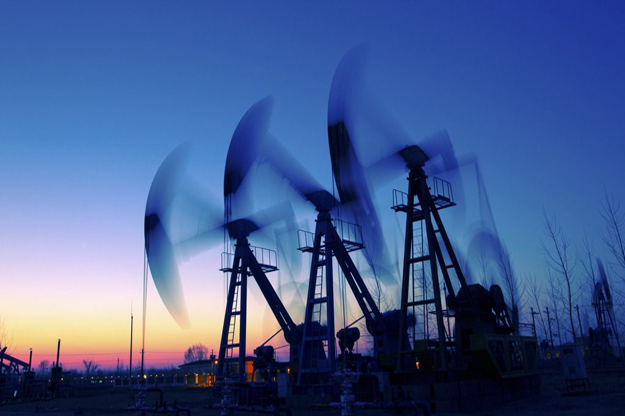
- Product details
Polyanionic Cellulose (PAC)
Brief Introduction
Polyanionic cellulose is water-soluble cellulose ethers derivatives which is made of natural cellulose by chemical modification of, which is a kind of important water-soluble cellulose ether, white to light yellow powder or granule, tasteless, non-toxic, hygroscopically strong, easily soluble in cold water and hot water.
Basic Properties
1). High degrees of substitution: Replacing the values from 0.85 to 1.4.
2). Thermal stability: Aqueous solution is stable under 80 ℃ while when temperature is colse to 150 ℃, it can still be viscous and maintain about 48h.
3). Resistance to acid, alkali and salt: It is stable when PH is within 3-11 stable and it can even be applied to all kinds of polar environments.
4). Good intermiscibility: It can be soluble with other cellulose ethers, water-soluble glue, softener, resin, etc; When substitution degree of PAC is more than 1.2, it gradually shows oil solubility.
5). Good solubility: using simple stirring equipments can be quickly dissolved in cold and hot water; it can dissolve faster in hot water; Instant type PAC can be fully dissolved in a few minutes, which greatly increasing accessibilities and production efficiency.
6). Excellent stability: PAC aqueous solutions has light-stability with longer shelf life and stronger resistance to bacteria, mildew.
7). Very low usage: because of the high degree of substitution and stability of PAC itself, so in the same circumstances, the amount of its usage is only equivalent to the 30% to 60% of carboxymethyl cellulose (CMC), which, to a certain extent, reduces the cost of the enterprise. So it possesses the advantages of high competitive price; which not only saves the consumption of materials but also has superior economic and social benefits.
8). The main raw material of polyanionic cellulose (PAC) is refined cotton with non-pharmacologic action, Physiological harmlessness and green environmental protection of production technology.
9). Polyanionic cellulose (PAC)can be used for borehole operations in the deep well and under high temperatures.
3. The main specifications are as follows:
Specifications | H Type | HV Type | L Type | LV Type | ||||
(D.S) ≥ | 0.9 | |||||||
PH | 6-8 | |||||||
Moisture% ≤ | 10 | |||||||
Yield in distilled water, m3/t ≥ | 400 | - | - | - | ||||
Yield in 4% salt water,m3∕t ≥ | 230 | - | - | - | ||||
Yield in saturated salt water, m3/t ≥ | 280 | - | - | - | ||||
Addition(At 10ml of water loss) | 4% salt water,mpa.s≤ | - | - | 5 | - | |||
Saturated salt water, mpa.s≤ | - | - | 8 | - | ||||
Apparent viscosity (At 10.0 mpa.s of water loss) | 4% salt water,mpa.s≤ | - | - | 4 | - | |||
Saturated salt water, mpa.s≤ | - | - | 6 | - | ||||
Water loss upon filtering | At 5.7g/L of PAC concentration,mL ≤ | - | 20.0 | - | 25.0 | |||
At 8.6g/L of PAC concentration,mL ≤ | - | 15.0 | - | 15.0 | ||||
At 11.4g/L of PAC concentration,mL ≤ | - | 10.0 | - | 10.0 | ||||
Yield value | At 5.7g/L of PAC concentration,pa | - | ≥2.4 | - | ≤0.5 | |||
At 8.6g/L of PAC concentration,pa | - | ≥9.6 | - | ≤1.0 | ||||
At 11.4g/L of PAC concentration, pa | - | ≥19.2 | - | ≤1.5 | ||||
4. Applications
1). Fine gauze starching agent alternative to starches in textile industry.
2). Adding pulp into papermaking, which can improve the longitudinal strength and smoothness of the paper as well as advance the oil resistance and ink absorbency of paper.
3). It is used to compound soap and synthetize detergent in chemical industry.
4). In the rubber industry, it is used for latex stabilizer.
5). In addition, in the processes of the powder coatings, food, cosmetics, ceramics, leather and other refined chemicals, it is used for emulsion stabilizers, crystallization-generating preventive agent, thickener, binder, suspending agent, water retention agent, dispersant, etc as a thick agent.
5. Dissolutions
Upon stirring continuously, adding PAC slowly to the water until it is completely dissolved.
Taking pre-orders for around 50% of the water and heat it to about 60 ℃, adding PA slowly under fully mixing, finally putting the remaining water into it, so it can be completely dissolved.
6. Packaging Specifications
Paper bag lined with polyethylene bag packaging, 25 kg/bag, please pay attention to moistureproof.

